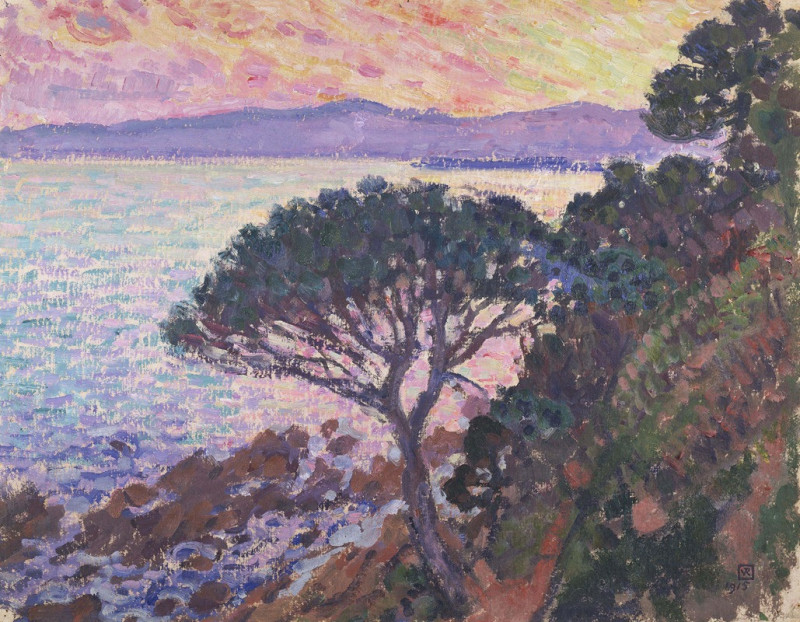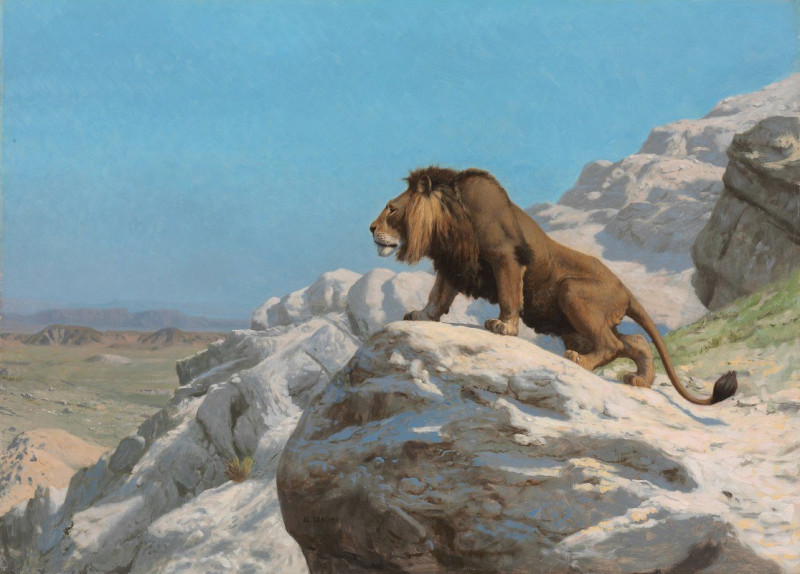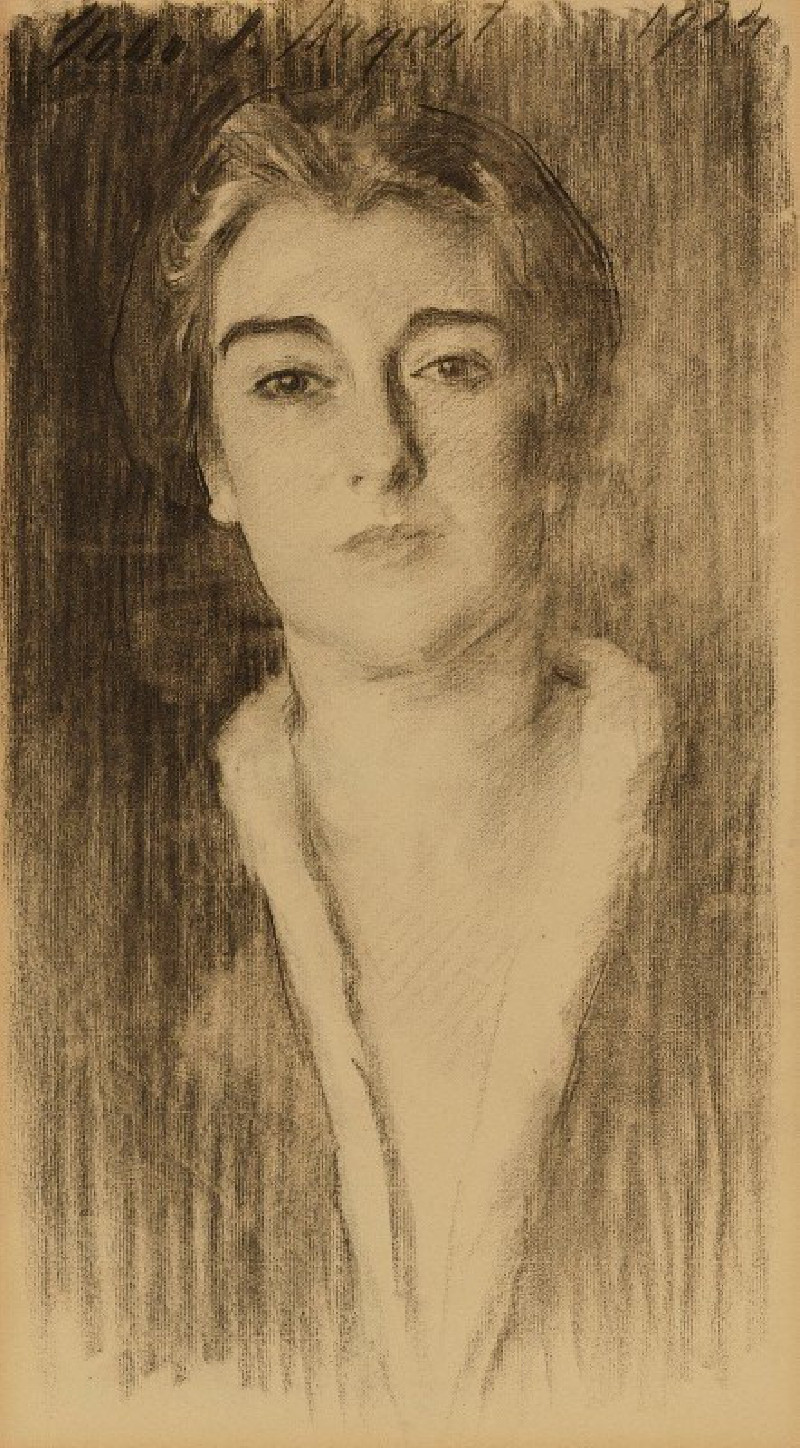Het toilet (1897)
Technique: Giclée quality print
Recommended by our customers
More about this artwork
Theo van Rysselberghe's "Het toilet," crafted in 1897, tenderly captures a private moment of feminine grace. This evocative work illustrates a woman seated, her back to the viewer, in a posture of daily grooming. She is depicted in the nude, emphasizing the intimacy and routine nature of the scene.Rysselberghe's skills in handling delicate details shine through in the texture and dim lighting of the background, contrasted against the soft lines used to outline the figure’s form. The placement of her arm reaching out to a table, where a candle holder and presumably other toiletry items rest, further adds to the sense of immediacy and the mundane yet personal ritual being observed.This artwork, marked by its understated composition and thoughtful use of fine, sketch-like lines, offers a glimpse into the private world of its subject. Rysselberghe's careful balance of realism and idealism resonates with viewers, inviting them to reflect on the quiet beauty of everyday moments.
Delivery
Returns
Théophile "Théo" van Rysselberghe was a Belgian neo-impressionist painter, who played a pivotal role in the European art scene at the turn of the twentieth century.
Born in Ghent to a French-speaking bourgeois family, he studied first at the Academy of Ghent under Theo Canneel and from 1879 at the Académie Royale des Beaux-Arts in Brussels under the directorship of Jean-François Portaels.














































